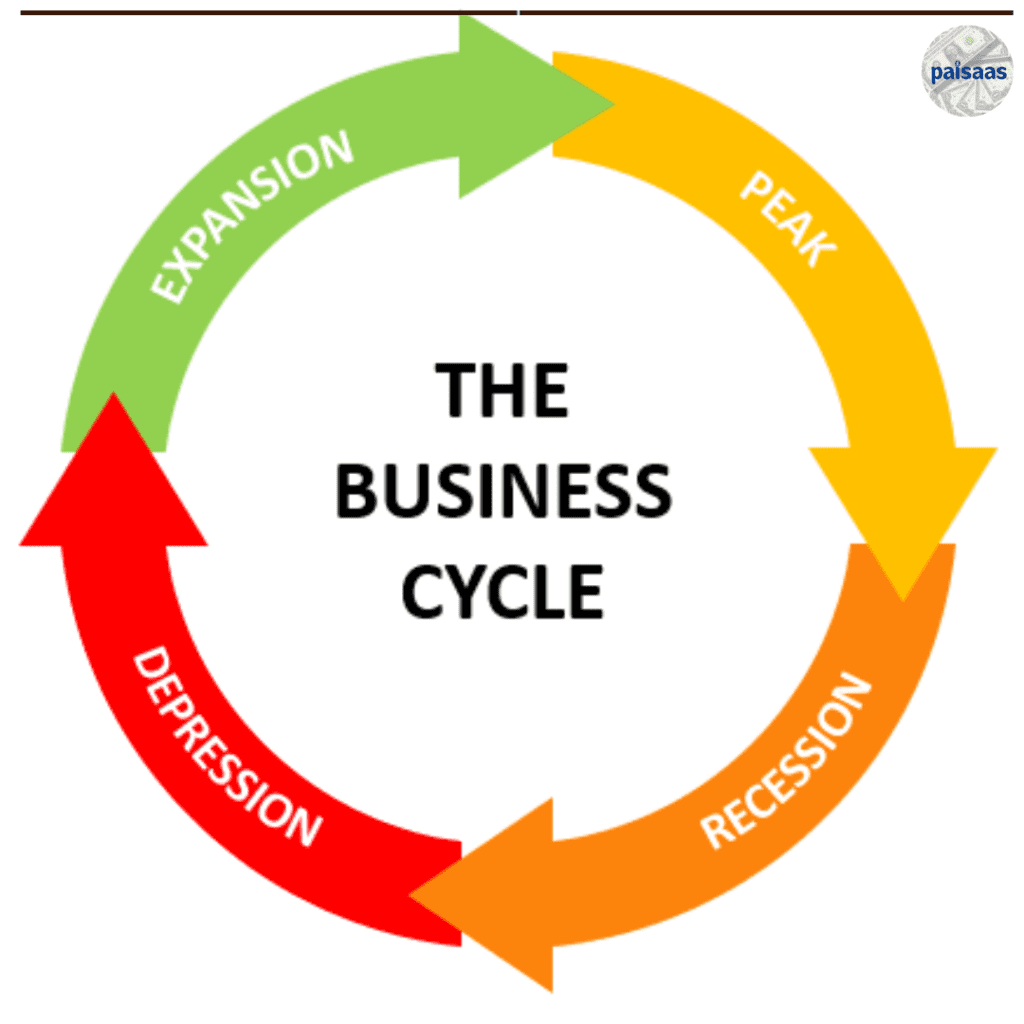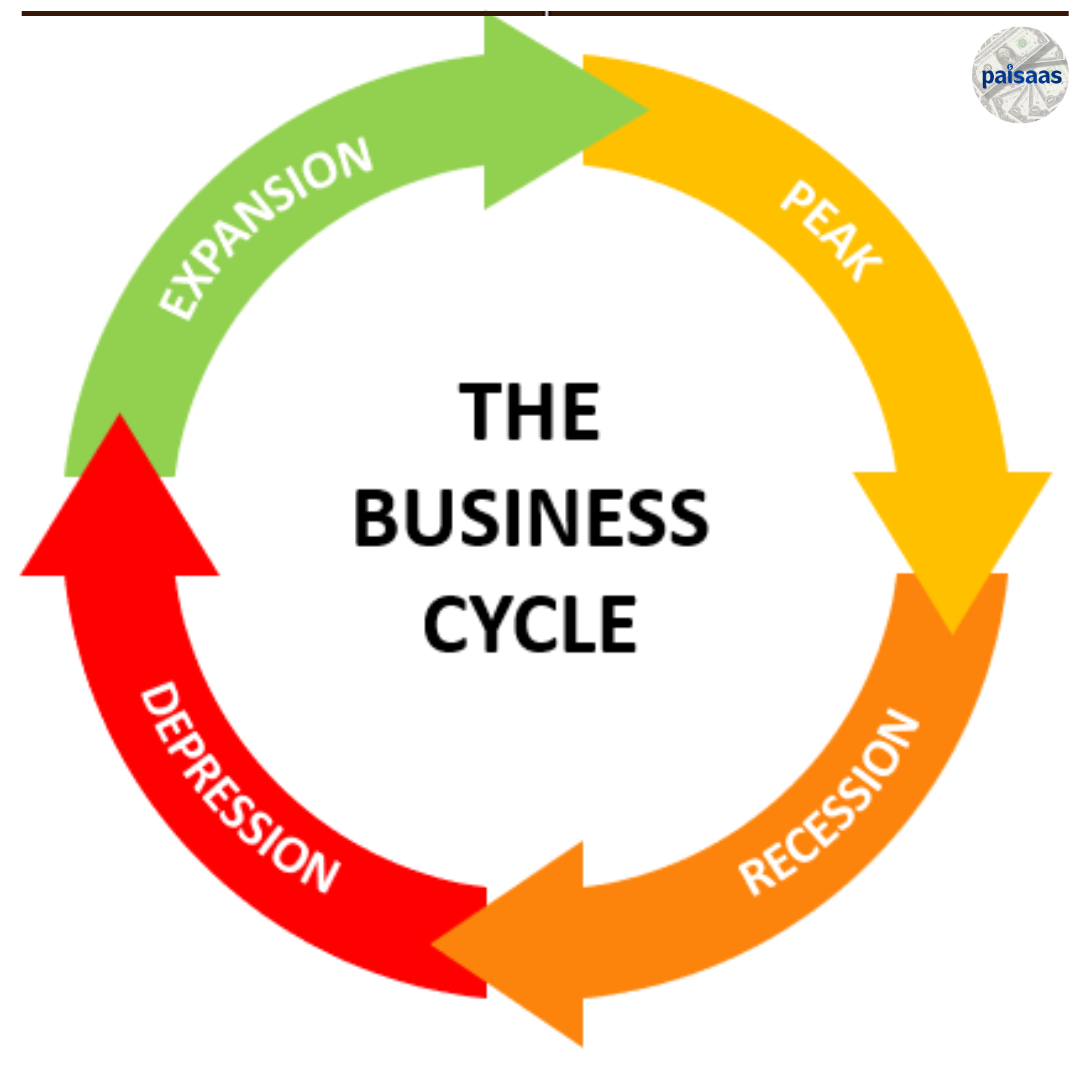

“Unveiling the Ebb and Flow: Exploring Economic Growth and Business Cycles“
Economic growth and business cycles are fundamental aspects of any economy. They reflect the cyclical patterns of expansion and contraction that characterize economic activity. Understanding these dynamics is crucial for policymakers, businesses, and individuals alike, as it provides insights into the drivers of prosperity, risks, and opportunities within an economy.
Economic growth refers to the sustained increase in a nation’s production of goods and services over time. It is a key measure of progress and prosperity, indicating improvements in living standards, job creation, and overall economic well-being. Factors such as technological advancements, investments in physical and human capital, and efficient resource allocation contribute to economic growth.
Business cycles, on the other hand, represent the recurring fluctuations in economic activity. These cycles are characterized by alternating periods of expansion (boom) and contraction (recession). The boom phase is characterized by rising output, increased consumer spending, business investments, and low unemployment rates. In contrast, recessions are marked by declining economic activity, falling output, reduced consumer spending, and rising unemployment.
The business cycle is influenced by various factors, both internal and external. Internal factors include changes in consumer and business confidence, levels of investment and saving, technological advancements, and shifts in government policies. External factors encompass global economic conditions, international trade dynamics, and geopolitical events, among others.
During the expansion phase of the business cycle, economic growth is robust, and businesses experience increased demand for goods and services. This period is characterized by optimism, rising profits, and favorable market conditions. It presents opportunities for businesses to expand operations, invest in new ventures, and capitalize on consumer spending trends. However, it is crucial for businesses to exercise prudence and avoid excessive risk-taking, as the expansion phase is inevitably followed by a contraction.
Recessions, or the contraction phase of the business cycle, pose challenges for businesses and individuals alike. During this period, economic activity slows down, unemployment rises, and consumer spending declines. Businesses may face reduced demand, lower profits, and financial difficulties. It is essential for businesses to adopt strategies to weather the downturn, such as cost-cutting measures, diversification of products or markets, and maintaining a strong financial position.
Policymakers play a crucial role in managing economic growth and business cycles. They implement various measures to stimulate economic activity during recessions or periods of slow growth. These measures may include fiscal policies, such as government spending programs or tax cuts, and monetary policies, such as interest rate adjustments or quantitative easing. The objective is to stabilize the economy, restore confidence, and promote a return to the expansion phase of the business cycle.
Understanding economic growth and business cycles is vital for businesses and individuals when making strategic decisions. During periods of expansion, businesses can seize opportunities for growth, invest in research and development, and expand their market share. It is also a time to prepare for potential downturns by building cash reserves, diversifying revenue streams, and focusing on operational efficiency.
For individuals, economic growth generally translates into improved job prospects, higher incomes, and increased purchasing power. During periods of expansion, individuals can focus on personal financial goals, such as saving, investing, and planning for the future. In contrast, during recessions or contractions, individuals may need to adapt their financial strategies, prioritize savings, and be mindful of potential job market challenges.
Conclusion
In conclusion, economic growth and business cycles are integral components of any economy. They reflect the ebb and flow of economic activity, presenting opportunities and challenges for businesses and individuals alike. By understanding the drivers of economic growth, recognizing the phases of the business cycle, and adapting strategies accordingly, stakeholders can navigate the ever-changing economic landscape and position themselves for long-term success.




